Ashley Furniture Clearance Sales 70% OFF offers Free Standard Shipping Sitewide, Excludes Home Delivery! Redeem this Ashley Furniture coupon and get Up to 50% OFF Select Home Decor + Free Shipping On Many Items!
With more than 50 kitchen projects under his belt, Jerome Buttrick of Buttrick Wong Architects (a member of the Remodelista Architect and Designer Directory) is a veteran of kitchen design. One of those designs was for Julie's kitchen, which serves as an ongoing testament to his thoughtfulness on how to create a meaningful space in what has become the hub of the modern home. We asked him to share his insights.
Remodelista: What's your approach to kitchen design?
Jerome Buttrick: Kitchens are really the soul of the house and are for more than just cooking but also for congregating, so they need to be put in the context of the home's public spaces or the adjacent spaces. In a lot of older houses, the kitchen tends to be isolated and often small. Today, people want a kitchen that incorporates both a workspace and a casual space for dining or even working.
Jerome Buttrick: Kitchens are really the soul of the house and are for more than just cooking but also for congregating, so they need to be put in the context of the home's public spaces or the adjacent spaces. In a lot of older houses, the kitchen tends to be isolated and often small. Today, people want a kitchen that incorporates both a workspace and a casual space for dining or even working.
Above: A window was added to this kitchen in a Pre-War House in San Francisco to let in light; a shade acts as a scrim between the owners and their neighbors.
Above: This San Francisco kitchen island features stained oak cabinets beneath the counter. On the far wall, in lieu of upper cabinets, is a stainless steel hood with a shelf. "An elevated shelf behind a counter or a stove is a nice thing to keep things off the counter and keep it looking clean."
Above: A soapstone island surrounded by a wood counter in this updated kitchen of a Pre-War House in San Francisco. Buttrick notes, "It's nice to have a chandelier over an island as it adds intimacy and scale to a room, although it should not compete with the dining room lighting."
RM: What are people looking for in a kitchen?
JB: They want an efficient work space, they always want storage, and, even if they don't immediately realize it, they want some basic parameters to separate the wine-drinking guests from the action in the kitchen.
JB: They want an efficient work space, they always want storage, and, even if they don't immediately realize it, they want some basic parameters to separate the wine-drinking guests from the action in the kitchen.
RM: How do you create a kitchen that incorporates both a workspace and a casual hanging-out space?
BW: An island is the standard way to do this or a breakfast table nearby, but it depends on the particularities of the layout. It can also be done by creating a little breakfast area in the kitchen with built-in casual seating for a living room-like feel. The two spaces need to be fused together so don't look as if they are imposed on one other.
BW: An island is the standard way to do this or a breakfast table nearby, but it depends on the particularities of the layout. It can also be done by creating a little breakfast area in the kitchen with built-in casual seating for a living room-like feel. The two spaces need to be fused together so don't look as if they are imposed on one other.
RM: The kitchen triangle?
JB: I think less in terms of the traditional triangle layout and more in terms of creating a work area that goes from fridge to sink to stove, with several paces between. This is an ergonomic question, and a kitchen is not a success unless you have solved this. The fridge and the sink need to be linked, but the cooking section can be a little more isolated or independent.
JB: I think less in terms of the traditional triangle layout and more in terms of creating a work area that goes from fridge to sink to stove, with several paces between. This is an ergonomic question, and a kitchen is not a success unless you have solved this. The fridge and the sink need to be linked, but the cooking section can be a little more isolated or independent.
Above: Organically pleasing materials (marble countertops and oak cabinets) give this East Bay kitchen a timeless quality. Buttrick concealed the hood in the cabinetry above the stove.
RM: Favorite countertop material?
JB: There's no perfect countertop; I like organic materials and I am a lover of Carrara marble, the whiter the better. I am not troubled by patina, but you have to seal Carrara with Porous Plus by Miracle. I also like concrete surfaces by Concreteworks in Oakland, CA.
JB: There's no perfect countertop; I like organic materials and I am a lover of Carrara marble, the whiter the better. I am not troubled by patina, but you have to seal Carrara with Porous Plus by Miracle. I also like concrete surfaces by Concreteworks in Oakland, CA.
RM: Upper cabinets: yes or no?
JB: Upper cabinets are practical; you can make the cabinet fronts solid and uniform or create a sense of openness with glass fronts. Glass-fronted cabinets create depth and make the kitchen feel more spacious. If you do with this option, you need to think about the glasses and plates inside—there needs to be visual coordination. You can put in obscure (frosted or ridged) glass, but that only goes so far—the Disney mugs will still be visible. I often recommend sets of Crate & Barrel or Heath Ceramics dinnerware for a simple look.
JB: Upper cabinets are practical; you can make the cabinet fronts solid and uniform or create a sense of openness with glass fronts. Glass-fronted cabinets create depth and make the kitchen feel more spacious. If you do with this option, you need to think about the glasses and plates inside—there needs to be visual coordination. You can put in obscure (frosted or ridged) glass, but that only goes so far—the Disney mugs will still be visible. I often recommend sets of Crate & Barrel or Heath Ceramics dinnerware for a simple look.
Above: White cabinets with glass sides that sit on top of the counter.
Above: In this Indoor Outdoor Home, Buttrick created a custom stainless drain board behind the sink, which frees up the area on either side. The marble recessed backsplash is built into the raised walnut counter that sits six inches taller than the marble counter, concealing the work area from guests but still making it visually gratifying for guests on the other side.
Above: In the same kitchen, folding doors open onto the deck for a full indoor/outdoor experience.
RM: Other key elements?
JB: An exterior space is a big bonus; it's nice if you can add a deck and create a place to eat outside or have a barbecue.
JB: An exterior space is a big bonus; it's nice if you can add a deck and create a place to eat outside or have a barbecue.
RM: Kitchen hoods?
JB: If a hood is in the field of vision, it has to be taken seriously, otherwise it will be a visual distraction. We tend to custom design our hoods with simple lines.
JB: If a hood is in the field of vision, it has to be taken seriously, otherwise it will be a visual distraction. We tend to custom design our hoods with simple lines.
RM: Microwave wrangling?
JB: They are unsightly and need to be considered early in the planning decision. They can be accommodated in a pull-out shelf or behind an island. Miele makes an attractive in-wall Speed Oven that serves as a second oven and microwave.
JB: They are unsightly and need to be considered early in the planning decision. They can be accommodated in a pull-out shelf or behind an island. Miele makes an attractive in-wall Speed Oven that serves as a second oven and microwave.
RM: How do you help clients choose materials?
JB: We gather all the samples early on and look at them together as a set, creating a materials mood board. We revisit it several times over the course of the design (if the materials don't look good as a set, they won't look good in a larger context).
JB: We gather all the samples early on and look at them together as a set, creating a materials mood board. We revisit it several times over the course of the design (if the materials don't look good as a set, they won't look good in a larger context).
RM: Storage solutions?
JB: People like tall pull-out storage drawers as they store a lot. There is no perfect solution for corners, but on one project we put a trash barrel in a corner with access from outside the building for removal. I like a stainless pan under the sink so when it drips (it will at some point), the water is contained.
JB: People like tall pull-out storage drawers as they store a lot. There is no perfect solution for corners, but on one project we put a trash barrel in a corner with access from outside the building for removal. I like a stainless pan under the sink so when it drips (it will at some point), the water is contained.
RM: The best piece of advice for someone designing a kitchen?
JB: Come up with a budget. There are a lot of line items, and if money is tight, then splurge on what is most important. You need cabinets and a fridge, but if you cook a lot, go for the Wolf Range or go for the best you can afford.
JB: Come up with a budget. There are a lot of line items, and if money is tight, then splurge on what is most important. You need cabinets and a fridge, but if you cook a lot, go for the Wolf Range or go for the best you can afford.
Above: A sink with a view in this Berkeley residence; the counterops are limestone and the backsplash is Heath tile.
RM: Desirable design elements in a kitchen?
JB: Light! There is a real benefit to a sink with a view. It's really pleasant when that can happen. If not, then face the sink to the people that might convene with you.
JB: Light! There is a real benefit to a sink with a view. It's really pleasant when that can happen. If not, then face the sink to the people that might convene with you.
RM: Your ideal kitchen?
JB: Kitchens are fundamentally about cooking, so I suppose my ideal would be a place where the process of making is enjoyable: a view and natural light; plenty of countertop space to work on, nice things to cook and work with, a few friends always on call, laughter, music—and a big sink. For it all to really work, the kitchen would need to be part of an ensemble of spaces that would include an equally wonderful dining area.
JB: Kitchens are fundamentally about cooking, so I suppose my ideal would be a place where the process of making is enjoyable: a view and natural light; plenty of countertop space to work on, nice things to cook and work with, a few friends always on call, laughter, music—and a big sink. For it all to really work, the kitchen would need to be part of an ensemble of spaces that would include an equally wonderful dining area.
For more insights into kitchen design, check out our Architect Is In post with Jerome Buttrick. In need of countertop materials? See our 10 Easy Pieces Remodelista Kitchen Countertop Picks.
Looking for advice on how to design a bathroom? Read our Expert Advice with Essential Tips for Bathroom Design.
Check out our Gallery of over 1,500 kitchen images.
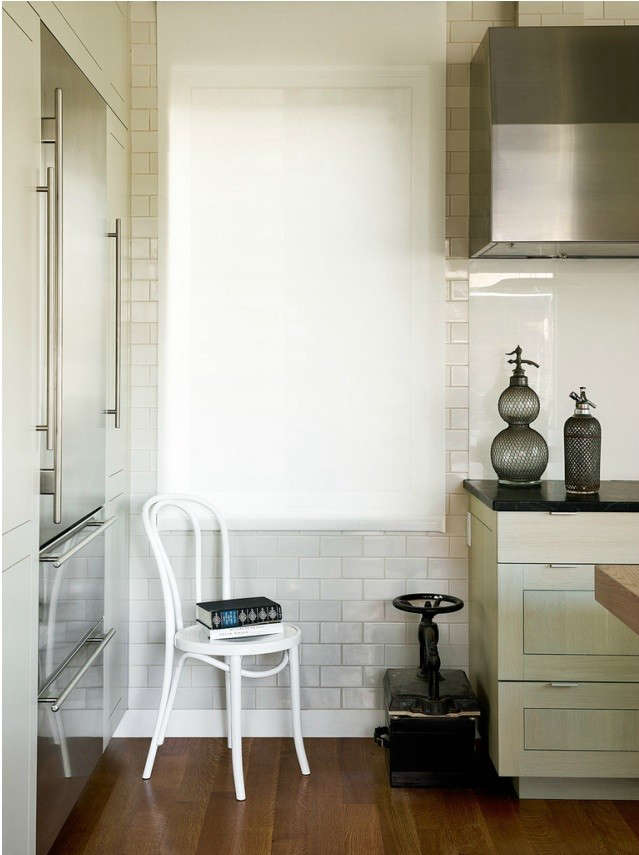
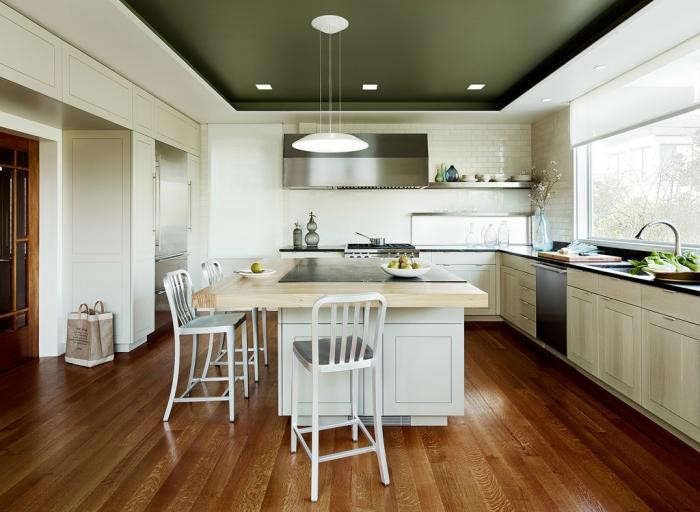
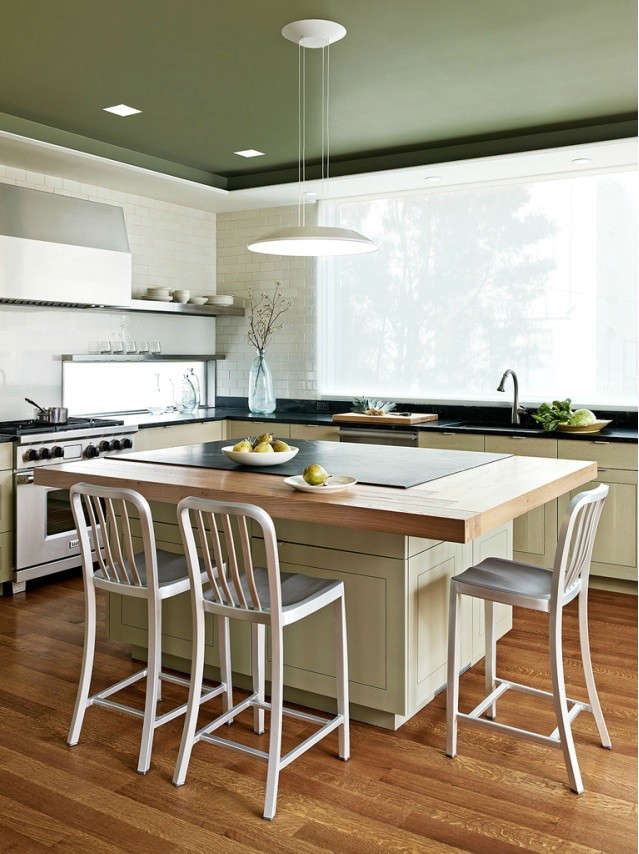
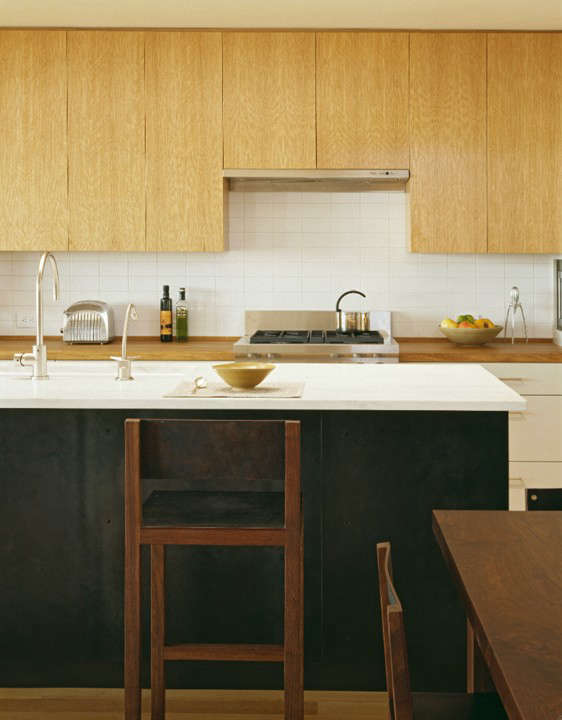
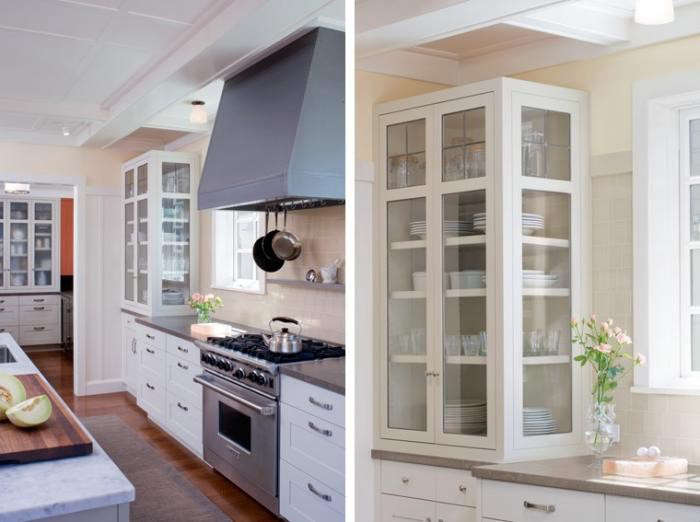
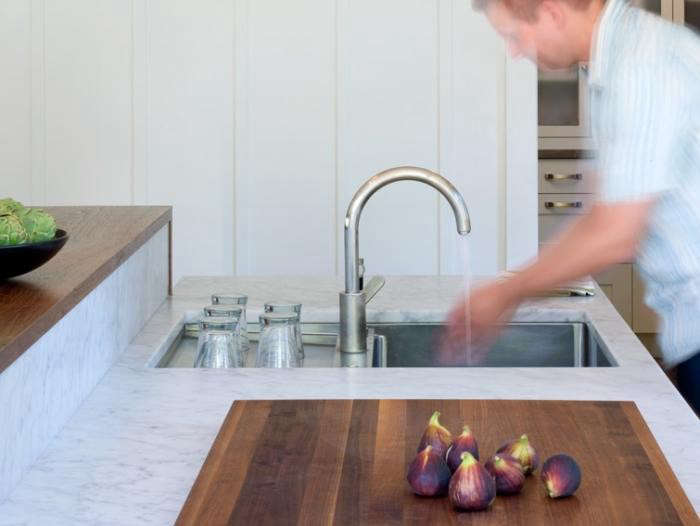
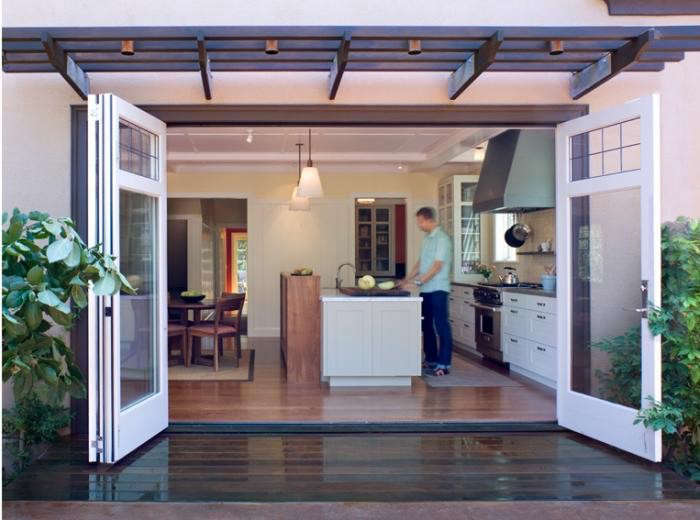
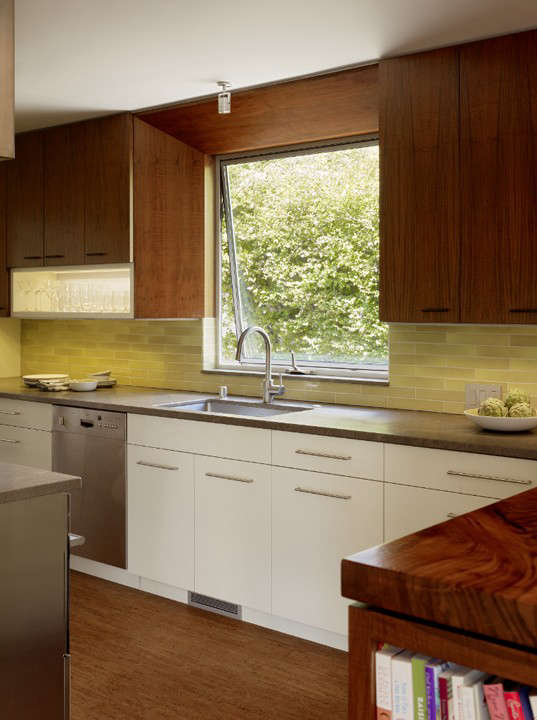
No comments:
Post a Comment